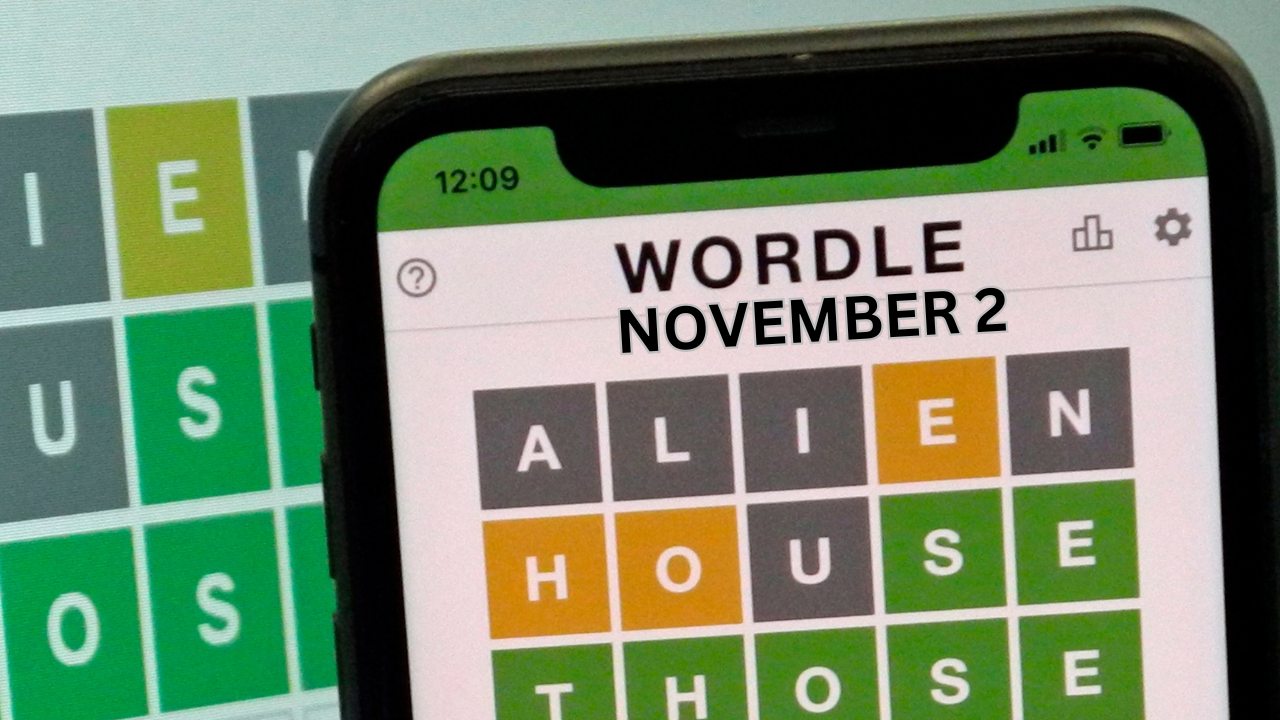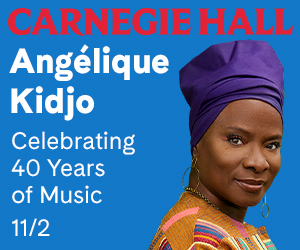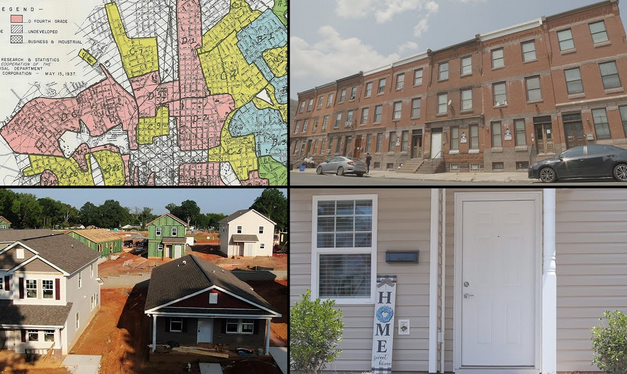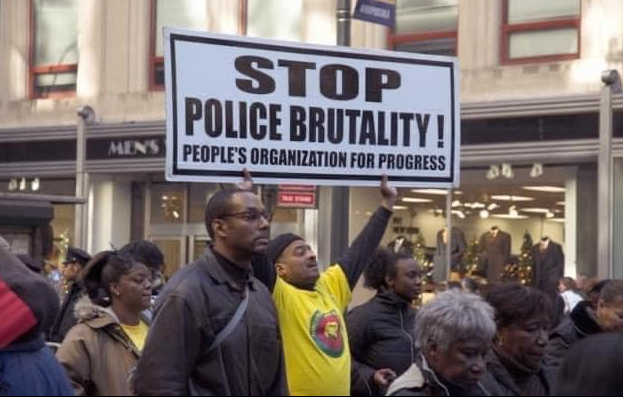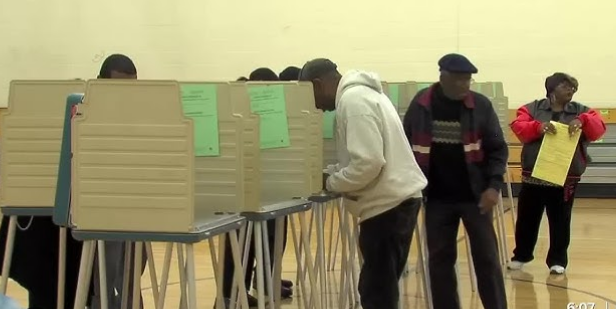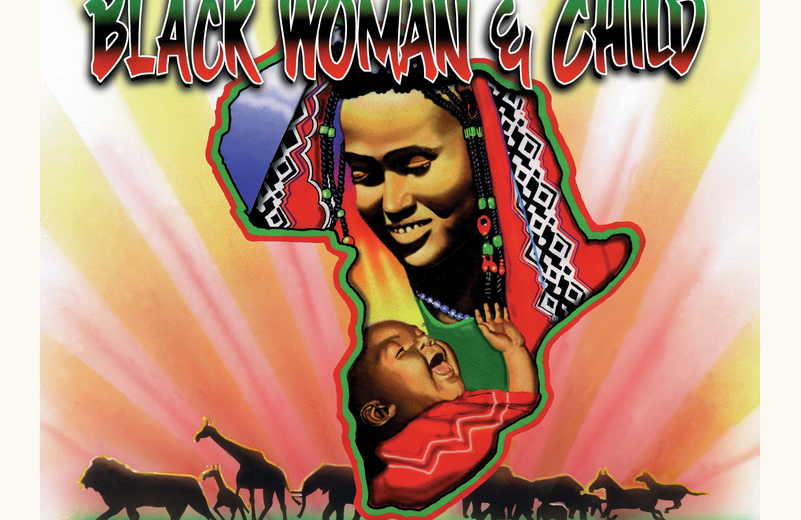Photos: YouTube
Black American population growth assumes more than just economic significance at this crucial point in the US population’s browning. To the extent that the Black American population can account for an increasing share of the total, then Black Americans can vie for increasing roles in all socioeconomic aspects of the nation based on “representativeness” alone.[1]
However, Black individual and Black national aspirations may conflict. Current and expected future adverse life prospects for Black Americans may deter prospective parents from a procreation decision.[2] On the other hand and from a Black nation perspective, an opportunity to gain increased future economic and political power in the country is linked directly to advancing procreation.
Before exploring the current state of Black American population growth, it is important to consider how our population has evolved over the past several decades.
For the 1950s,the Black American population increased at an average annual rate of 2.21 percent; for the 1960s it grew 1.82 percent; for the 1970s, it grew 1.63 percent; for the 1980s it grew 1.28 percent; for the 1990s it grew 1.41 percent (a slight acceleration); for the first decade of the current millennium it grew 1.17 percent; and for the second decade of the 21st century, it grew just 0.55 percent.[3]
Unfortunately, decelerating Black population growth rates may continue to be in our future.
Provisional data from the National Vital Statistics System (NVSS) of the US Center for Disease Control (CDC) this week showed that births for Non-Hispanic Black American women declined 2.4% (517,027) in 2021 from 2020 (529,811).[4]
Also slowing population growth, Non- Hispanic Black American deaths increased about 1.6 percent in 2019 (348,761) from 2018 (343,393); representing developments during the two most recent years that were unaffected by the COVID-19 pandemic.[5]
In addition, according to the National Center for Health Statistics (NCHS), age-adjusted death rates increased for both Black males (28.0 percent) and females (24.9 percent) from 2019 to 2020—i.e., during the first year of the pandemic (the increase for the nation was 16.8 percent).[6]

Continued combined declines in births and increases in deaths can ultimately result in declines in the Black American population.[7] A realization of such an outcome is at variance with the “Great Replacement Theory” (GRT).[8] Obviously, Black Americans should view the GRT as a reverse psychology ploy by White extremists. They assert the GRT, while engaging in the opposite behavior—acting to decrease the Black population.
Consequently, it is logical for Black Americans to give credence to a Great Elimination Theory (GET). There is little-to-no evidence that Black Americans are engaged in efforts to replace White Americans, but there is voluminous evidence that efforts are underway to reduce and, in the extreme case, eliminate the Black American population.
As we keep our heads down being attuned to the everyday course of life and consideration of our individual selves, we may be ignoring our contributing role in the future decline/elimination of the Black American population.
Before we go down this road further, we should awaken to our actions and confirm that we are not in agreement with a decline in, or elimination of, our population. We should comprehend that the rate at which we procreate and decease will certainly determine Black America’s future existence.
Therefore, we should take every action to ensure that a GET remains unrealized.

Dr. Brooks Robinson is the founder of the Black Economics website.
[1] BlackEconomics.org has forecasted the Black American population out to 2050 here (Ret. 052522).
[2] It is understandable that potential parents might decide not to procreate so that their offspring do not face a life of poverty or experience the harsh realities of racial discrimination.
[3] These average annual growth rates are derived from US Department of Commerce, Census Bureau statistics. We multiplied the total US population from decennial censuses by the Black Alone population (asapplicable) percentage, and then computed inter- census average annual growth rates.
[4] These statistics are from Table 2 of the May 2022 NVSS Report (No. 20), which can be obtained here (Ret. 052522).
[5] These statistics are from Table 1 of NVSS’ National Vital Statistics Report Vol. 70, No. 8 (July 26, 2021), which can be found here (Ret. 052522). The statistics are bridged from the 1977 to the 1997 OMB Standard.
[6] See Figure 2 in the NCHS Data Brief, No. 427, December 2021 here (Ret. 052522).
[7] Growth in the Black American Alone population is affected by, but may not be limited to, the following factors: (i) Amalgamation through interracial marriage; (ii) prison terms that prevent us from multiplying; (iii) purposeful racial discrimination against Black males that creates inequality between Black males and females, who decide to not be unequally yoked (married) and, thereby, fail to produce offspring; (iv) lifestyle choices that result insame-sex couples that produce no offspring; (v) poor health conditions for Black females who conceive and experience prenatal deaths or premature births that end in death; (vi) abortions; (vii) police murders; (viii) murder at the hands of Blacks or others; (ix) suicides; (x) deaths from increasingly prevalent natural disasters; (xi) viruses; and (xii) deaths by other unnatural causes.
[8] Dustin Jones of National Public Radio provides a clear and seemingly unbiased explanation of the GRT here (Ret. 052522).




